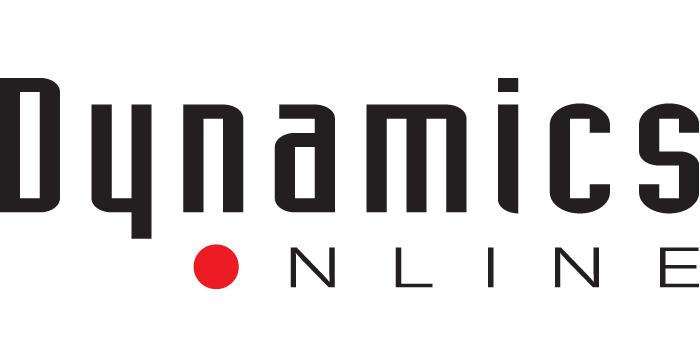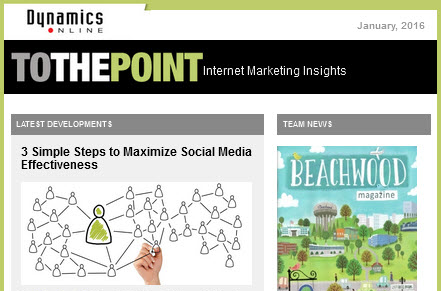How Content Management Systems Change the Nature of Website Development
 The use of content management systems (CMS’s) to control web pages is yesterday’s news, but it is interesting to reflect on how the advent of CMS’s has changed the day-to-day business of web publishing.
The use of content management systems (CMS’s) to control web pages is yesterday’s news, but it is interesting to reflect on how the advent of CMS’s has changed the day-to-day business of web publishing.
You may know a CMS as the programming framework that houses your website’s central design, serves up web pages, and integrates third-party utilities, such as coding required by analytics programs. At Dynamics Online, we specialize in the WordPress CMS framework. It is the most popular and widely supported CMS. We have also worked on sites run by MODx, Joomla, iApps, Dot Net Nuke, and Expression Engine.
How a CMS Impacts a Site’s Visual Design
The CMS provides a centralized system for rendering your site’s content within the parameters of the overall visual design. Before using a CMS, we used other techniques to implement a centralized design, so that is not a big change. However, a CMS acts as a universal interface to the design elements (called a “theme” in WordPress) resulting in an environment where design themes can be swapped out and shared between sites. This is a business opportunity for third party theme designers who license their themes to developers and site owners, usually priced under $100 for non-exclusive use. See how we implemented a licensed WordPress theme that caters to restaurant websites here:
http://www.sammysatplayhousesquare.com
By browsing the thousands of themes available for license, we can quickly apply a professional—if not unique—design, and then customize the site with our client’s logo and photos. Of course, WordPress can also be used to implement an original design for a client, by turning the web developer into a theme designer. See our original theme development here:
Bottom line: using a CMS to produce a site = less time and lower cost.
How a CMS Impacts the Site Programming
Secondly, let’s see how using a CMS like WordPress can affect the programming of a website. For many years, before working in WordPress, we incorporated third-party programming libraries to add site functionality, such as site search, access control or forms processing. By using a CMS, we can tap into a library of mostly free programming utilities, called plug-ins, that instantly add some site functionality without any programming or even technical knowledge. Our WordPress sites can include 10 or more plug-ins per site. Some of our favorite plug-ins are Gravity Forms, All-in-One SEO Pack, PHP-Exec, Shareaholic and Anti-Captcha. Bottom line: more functionality and quicker development at a lower cost, assuming your site developer has clocked significant time with the CMS being used.
How a CMS Impacts the Client/Developer Relationship
In our now 16 years as website developers, our competitive advantage has been our availability to make site additions and changes within a day or two, and the continuity of support we have been able to provide due to low staff turnover. A CMS changes that equation because it gives our clients the ability to make quick or extensive content edits, or even build out the content of a site themselves. Granted, that doesn’t always happen, and sometimes we end up making all the site edits anyway; but with a CMS, a less-technical staff person can make the edits—a cost savings for sure.
Using WordPress has also changed the nature of our staffing by separating our staff into designers/programmers on one hand and editors/content managers on the other. We have been lucky to employ some talented folks who can do both, but luck runs out and specialty is a better strategy.
Bottom line: using a CMS like WordPress = better value for the site owners and less dependence on the original team that developed the site.
Let’s Talk!
We would be glad to discuss your newest website project – CMS or not. Feel free to contact Dynamics Online to see how we can help you develop your new, highly functional and awesome website
 Bruce Newburger is the Founder and President at Dynamics Online.
Bruce Newburger is the Founder and President at Dynamics Online.
You can reach him by calling (216) 292-4410.


